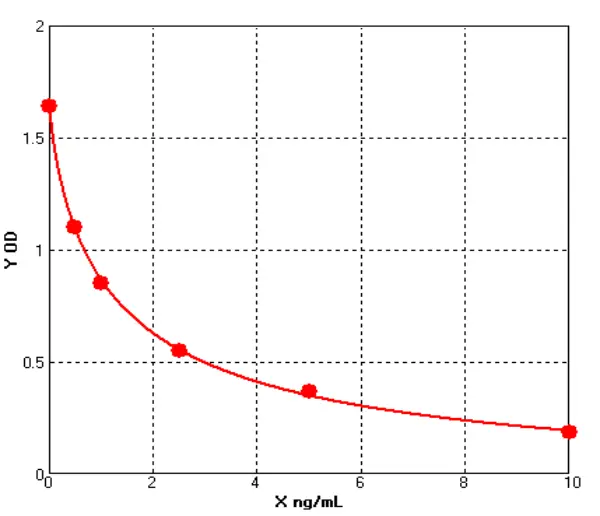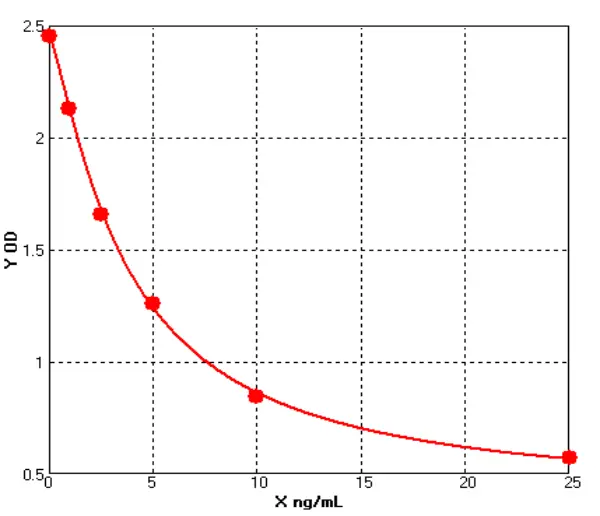Definition and Expression System Of Recombinant Proteins
1. Recombinant Protein Definition
Recombinant proteins are proteins with certain functions and activities obtained by applying the techniques of recombinant DNA or recombinant RNA, and recombinant protein technology are important tools for the study of biological processes.
2. Access To Recombinant Proteins
Recombinant proteins require the use of expression systems for their preparation, and the routes of acquisition can be divided into in vitro and in vivo methods. Both methods presuppose the use of recombinant technology to obtain recombinant vectors with gene fragments that can be translated into the target protein, which are then transferred into host cells that can express the target protein and thus express the specific recombinant protein molecule.
There are four main systems for in vitro recombinant protein production: prokaryotic protein expression (most commonly E. coli protein expression), mammalian cell protein expression (commonly CHO, HEK293), eukaryotic expression systems (yeast), and insect cell protein expression.
The choice of the appropriate expression system depends on the characteristics of the recombinant protein, the intended application of the recombinant protein, and whether the system can produce sufficient amounts of protein to improve the success rate of expression according to its own downstream application.
3. Recombinant Protein Expression Systems
(1) There are three main types of expression systems that are most widely used, the E. coli (Escherichia coli) expression system, the yeast expression system, and the CHO cell expression system. Among them, E. coli is the most commonly used host bacterium to express recombinant proteins and has been applied to the production of many medicinally important proteins. ELISA kit manufacturers often utilize these expression systems to produce high-quality proteins for their assays.
The E. coli expression system has many advantages, such as fast growth, low culture cost, clear genetic background, and easily achieving high-density culture. E. coli DH5α is a mutagenic strain that mainly exhibits immune deficiency to exogenous DNA. E. coli DH5α is one of the commonly used host bacteria for genetic engineering and lacks certain immune mechanisms compared to normal strains.
(2) Different expression systems and culture methods significantly affect the downstream processing, whether the target protein is expressed as an inclusion body, the localization of the target protein expression (intracellular, intra-cytosolic, periplasmic, and extracellular) and the amount of protein expressed all depend on the chosen expression system.



